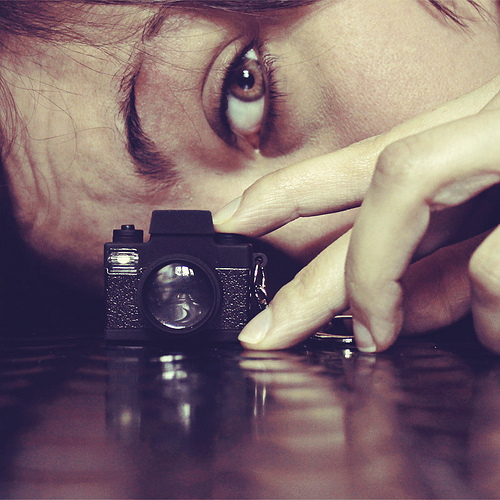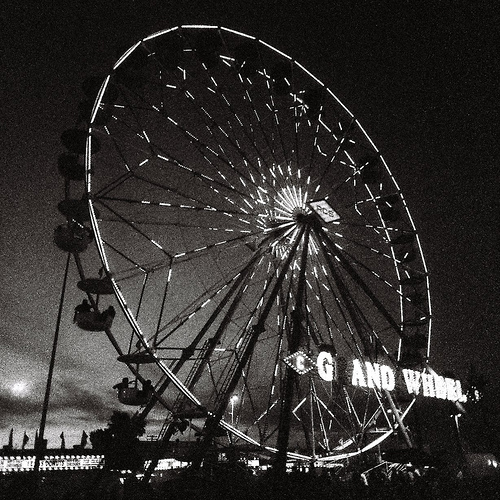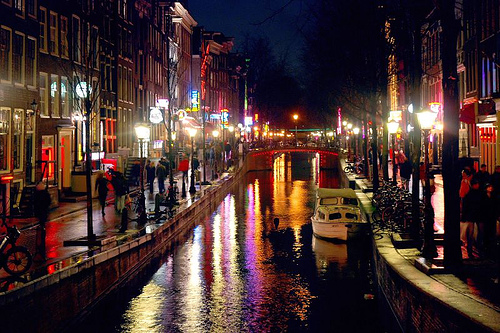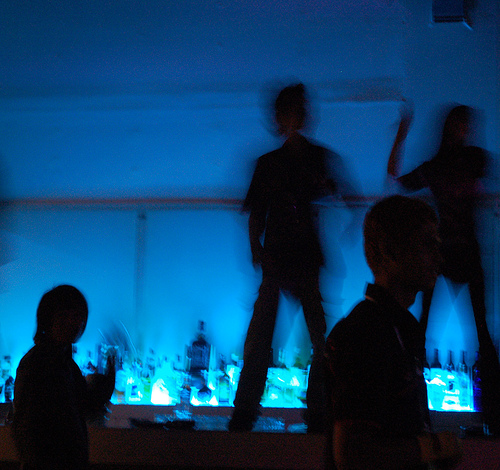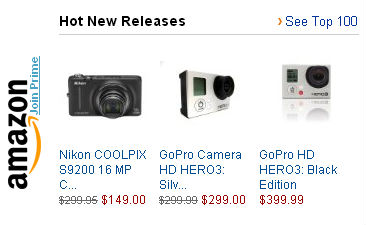Trying to take a good photograph when you lack natural light can be easily solved with a flash and tripod. However, you’re not always going to be carrying a tripod around. And even with a flash, it can wash the subject out (like a plate of food), or be pretty much useless (when you’re trying to photograph a building at night). Hopefully, these five simple tips will help you take the perfect photograph in a low light environment without using a flash or tripod.
1.) Be very still
The key to low light photography is to remain as still as possible. When you don’t have a tripod present, there are simple tricks, for example:
- Human tripod stances.
- Take the photo while you slowly exhale as your body tends to be more relaxed.
- Use other stable objects as a tripod, like tables, cups, chairs… Well, anything you can rest your camera on.
If your camera is rested on something, make you shoot with the self-timer on, even if you’re right next to the camera. This would minimize any movement, causing the photo to be blurred.
Image thanks to mickiky
2.) Increase your ISO
The easiest way to shoot in low light without changing shutter speed or aperture settings, is to increase the ISO. If you have a dSLR, you can definitely crank up the ISO to 1600 without losing too much details. Usually the higher the ISO, the more noise that will appear on the photo. To give a grainy image an artistic flare, convert it to black and white, you’d be pleasantly surprised with the result.
Image thanks to kevindooley
3.) Shoot in Aperture Priority Mode (Av)
If there’s a bit of ambient lighting and you’re using a fast lens, set your camera to a larger aperture (f1.4, f1.8, f2.0). Your camera will automatically determine the fastest shutter speed. Keep in mind that a larger aperture also means a more shallow depth of field.
Image thanks to purplemattfish
4.) Shoot in Shutter Priority Mode (Tv)
If you’re shooting at night with little or no lighting available, it might be better to switch from Av to Tv mode. You might realize that in Av mode, the shutter speed assigned might be too slow, even when you’re using the largest aperture available.
I would usually set the shutter speed to above 1/60 seconds if I’m walking around and taking quick candid shots. If I remain still, I can manage with a shutter speed of 1/30 seconds. Any slower and I find that I would probably have to use a tripod.
The photo is usually underexposed and needs to be touched up in a post-editing program like Photoshop or Lightroom.
Image thanks to MarcelGermain
5.) Shoot in RAW
Don’t be scared to shoot in RAW. It does take up more memory space, but gives you more flexibility than JPEG when you need to tweak the photo later, especially when you have undesirable lighting conditions.
6.) Motion Blur Isn’t a Bad Thing
Your photos don’t have to be perfectly still every time. Embrace motion blurs or movement lines from an unsteady hand. See our motion blur post for some inspirations.
Image thanks to moriza

